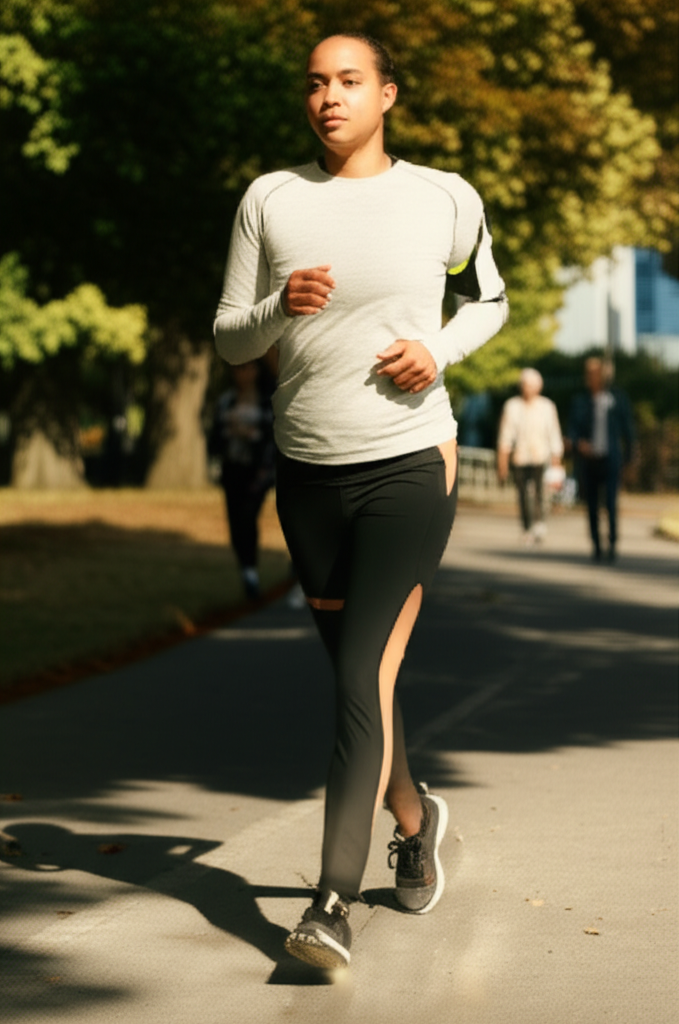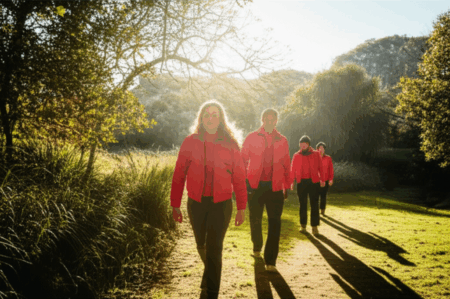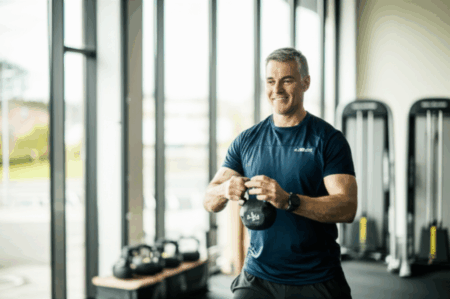Japan has contributed two significant “walking trends” to the global wellness landscape, both of which are backed by scientific research: “Japanese walking” (more formally known as interval walking training) and Shinrin-yoku, or “forest bathing.” While distinct in their approach, both offer demonstrable health benefits.

Interval Walking: A Science-Backed Approach to Fitness
The “Japanese walking” trend that has recently gained traction online is essentially a form of interval training. It involves alternating between periods of high-intensity and low-intensity walking. This method was developed by Professor Hiroshi Nose and Associate Professor Shizue Masuki at Shinshu University in Matsumoto, Japan.
The 2007 Study and Its Findings
The foundation of interval walking can be traced to a 2007 Japanese study. In this research, participants, primarily middle-aged and older adults, engaged in a walking regimen four or more times a week for about 30 minutes per session. The core of the method involved alternating three minutes of fast-paced walking with three minutes of slow-paced walking.
The study concluded that those who followed the interval walking approach for five months showed several significant health improvements compared to those who walked at a steady, moderate pace:
- Reduced Blood Pressure: Participants experienced a notable reduction in blood pressure.
- Improved Aerobic Capacity: There was a significant improvement in aerobic capacity (VO2 max), an indicator of cardiovascular fitness.
- Increased Muscle Strength: The interval walkers showed greater increases in leg strength, including knee extension and flexion strength, and overall thigh muscle mass.
- Body Weight Reduction: Participants experienced notable reductions in body weight and body mass index (BMI).
- Other Health Markers: Further research involving over 700 people found that interval walking can improve symptoms of lifestyle-related and age-related diseases, such as changes in cognitive function, depression, and sleep quality. It has also been linked to an increase in healthy HDL cholesterol levels and reduced abdominal visceral fat.
How Interval Walking Works
Interval walking is considered a low-impact, do-it-yourself version of high-intensity interval training (HIIT). The effectiveness lies in the repeated elevation and lowering of the heart rate. When walking at a higher intensity (around 70% of peak aerobic capacity), blood flow to muscles increases and the heart beats faster, leading to health benefits. As the pace slows, the heart rate gradually cools down. This alternation optimizes cardiovascular benefits. The higher intensity phases activate muscles more vigorously, contributing to improved bone density in the legs and hips.
Accessibility and Adherence
One of the key advantages of interval walking is its accessibility. It requires minimal equipment and can be done almost anywhere. The technique is suitable for most people, including older adults or those new to exercise, as it is less taxing than traditional HIIT. Studies have shown high adherence rates, with one analysis finding that 95% of subjects were able to follow the interval walking protocol long-term. While the 2007 study noted a completion rate of around 78% for the interval walking group, compared to 83% for the lower-intensity group, the benefits observed were more significant for the interval walkers.

Shinrin-yoku: The Therapeutic Practice of Forest Bathing
Distinct from interval walking, Shinrin-yoku, or “forest bathing,” is a Japanese practice focused on immersing oneself in nature to promote physical and mental well-being. Coined in 1982 by Japan’s Ministry of Agriculture, Forestry, and Fisheries, it is considered a form of preventive healthcare in Japan.
Scientific Evidence for Shinrin-yoku
A growing body of scientific research supports the health benefits of Shinrin-yoku. Studies have investigated its physiological and psychological effects, often comparing forest environments to urban settings.
Key scientific findings include:
- Stress Reduction: Forest bathing has been shown to significantly reduce stress hormones like cortisol, adrenaline, and noradrenaline. It promotes a sense of tranquility and mindfulness, alleviating symptoms of anxiety and depression, and increasing positive moods.
- Improved Immune Function: Exposure to phytoncides, organic compounds released by trees, may enhance immune function by increasing the activity and number of natural killer (NK) cells, which are crucial for fighting infections and preventing cancers.
- Lower Blood Pressure and Heart Rate: Research consistently indicates that spending time in forest environments is associated with lower systolic and diastolic blood pressure and a reduced heart rate, suggesting a preventive effect on hypertension and heart diseases.
- Enhanced Mood and Cognitive Health: Studies show improvements in mood, reduction in feelings of hostility, depression, anger, fatigue, and confusion, and an increase in vigor. Forest exposure has also been linked to improved cognitive functions in older adults, including memory, cognitive flexibility, and attentional control.
- Better Sleep Quality: Shinrin-yoku can help regulate circadian rhythms and improve sleep quality.
The Mechanism of Action
The benefits of Shinrin-yoku are attributed to various factors within the forest environment. The visual, auditory, and olfactory stimuli of nature contribute to a calming effect. Phytoncides, volatile organic compounds emitted by trees, are believed to play a significant role in boosting the immune system. The practice also helps to stabilize the autonomic nervous system by increasing parasympathetic nerve activity (responsible for “rest and digest”) and reducing sympathetic nerve activity (the “fight or flight” response). Even urban green spaces can provide some of these benefits, leading to feelings of peacefulness.
Conclusion: Science Supports Japanese Walking Practices
Both “Japanese walking” (interval walking training) and Shinrin-yoku represent scientifically supported approaches to improving health and well-being. While interval walking focuses on structured physical exertion to enhance cardiovascular fitness, muscle strength, and metabolic health, Shinrin-yoku emphasizes mindful immersion in nature for stress reduction, immune system boosts, and overall mental tranquility. Both practices offer valuable contributions to a healthy lifestyle, demonstrating that varying physical activity and connecting with nature are beneficial, as supported by ongoing research.






